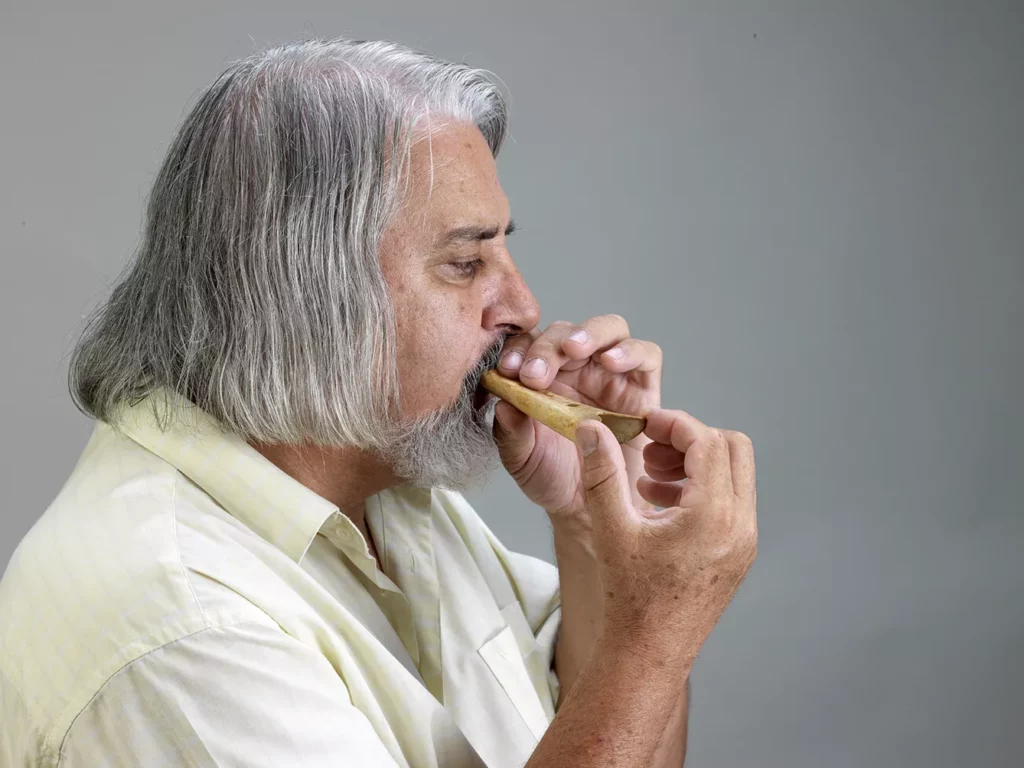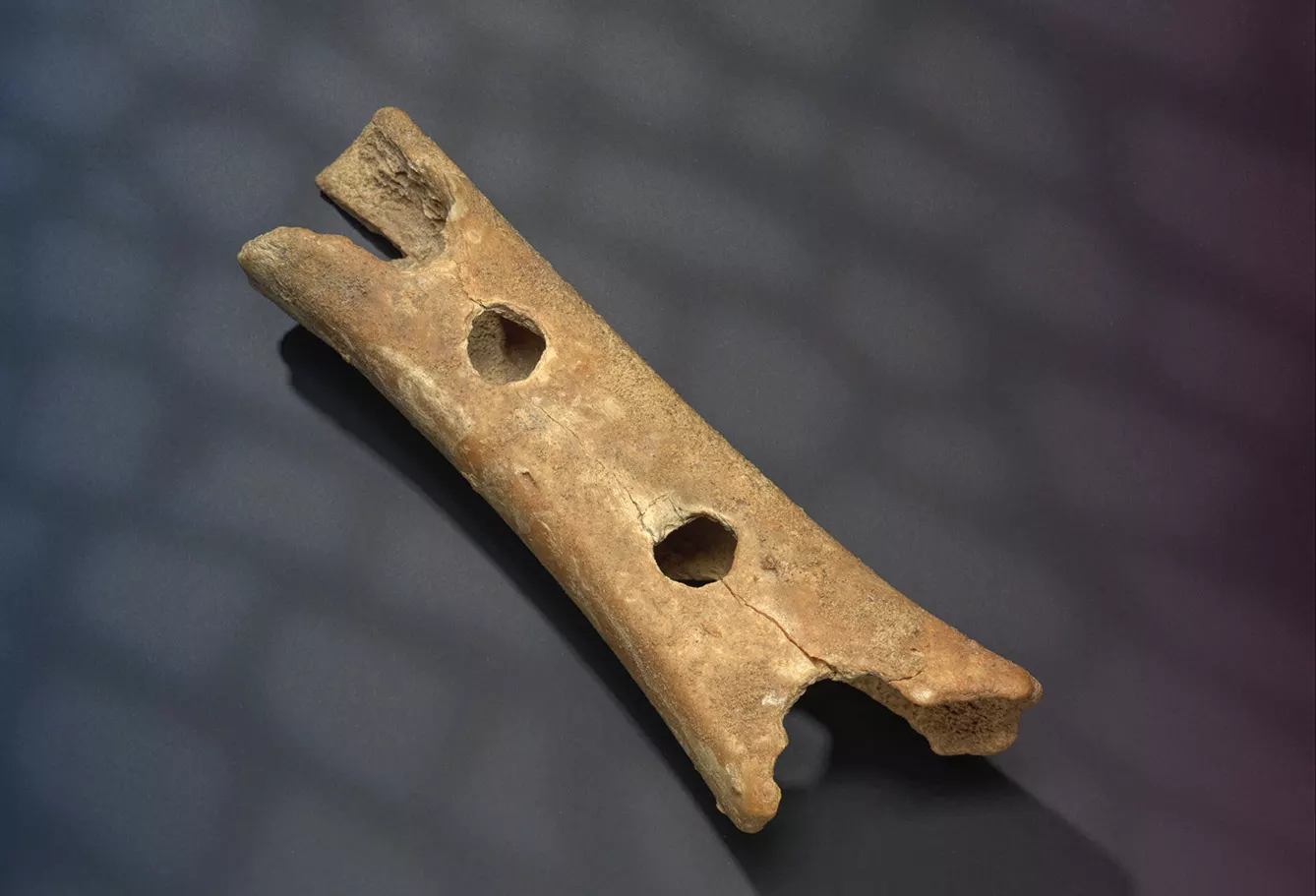Dinosaurs couldn’t create music, and neither can any other animal. Humans developed it. But how and when? The answer is still a mystery to us. Many have been trying to discover its origins. It happens every so often that something new brings us closer. Sometimes, a discovery may revolutionize what we thought we knew. One such revelation occurred in 1995 when the Divje Babe flute was discovered in Slovenia.
Prehistoric flute: discovery for the ages
We now know that music emerged in the Middle Palaeolithic era. We can assume that the first “musical instrument” was singing, though it is naturally impossible to prove. What archaeology can prove, however, is the existence and appearance of early instruments before the discovery of the Divje Babe flute, the first known instrument dated back to about 40,000 years ago and originated in communities of modern humans.
Much changed after the Divje Babe flute emerged; the origins of musical instruments were pushed further back in time. The Divje Babe instrument is a flute made of a cave bear bone, with four holes carved. Initial speculations suggested these might have been made by a carnivore. But the precision of the shape of the holes, as well as their positioning, made the scientists dig further.
Music is an act that can only exist alive, and it seems to be able to connect us through time better than most other things we can discover
They conducted many practical experiments, thanks to which they were even able to prove that the instrument was made for a right-handed musician. Their studies confirmed the discovery of the oldest known instrument, which now dates back to about 60,000 years ago.
Still, perhaps even more critical than the flute’s age was its creator. The cave of Divje Babe near Cerkno, Slovenia, is situated on a steep slope above the small river of Idrijca and has been one of the richest archaeological sites with hundreds of prehistoric findings related to the Neanderthals. They were attracted to this place for tens of thousands of years.
Making music, Neanderthal-style
What this means is that it was the Neanderthal who made the flute about 20,000 years before modern humans. This mind-boggling fact completely changed the image of the Neanderthals we held before the discovery. It transformed the Neanderthals from primitive, non-intelligent, almost animalistic wild beings into genuinely spiritual beings, cognitively competent, capable of thought, creating art, and indeed – writing music. In fact, the flute allows the musician to play as many as three and a half octaves, which means you could play most of our classics!

This fact was proven by the late Slovene-Macedonian musician and sculptor Ljuben Dimkaroski, who played on his flute replica that he funnily nicknamed “tidldibab.” With his tidldibab, he became something of a master of prehistoric sound. He wanted to make it possible for everyone to experience this forgotten sound, which led him to give many performances and record albums.
Divje Babe Neanderthal festival
He was also driven to prove just how sophisticated this flute was, presenting the possibilities it offers to many professional and popular circles. He did that by performing during different events and meeting all over Europe, playing anything from Bach to modern musicians, but also presenting original compositions written for the flute itself, including in the capacity of a solo instrument for a symphonic orchestra.
And this is how the sound of the Neanderthal flute has finally seen the light of day again, after tens of thousands of years of waiting. It is unbelievable how modern science, research, innovation, and talent can bring us closer to our ancestors whose times are getting ever more distant in history than ours. Music is an act that can only exist alive, and it seems to be able to connect us through time better than most other things we can discover. Hopefully, our descendants in the far-away future will also be able to know us through our music.







